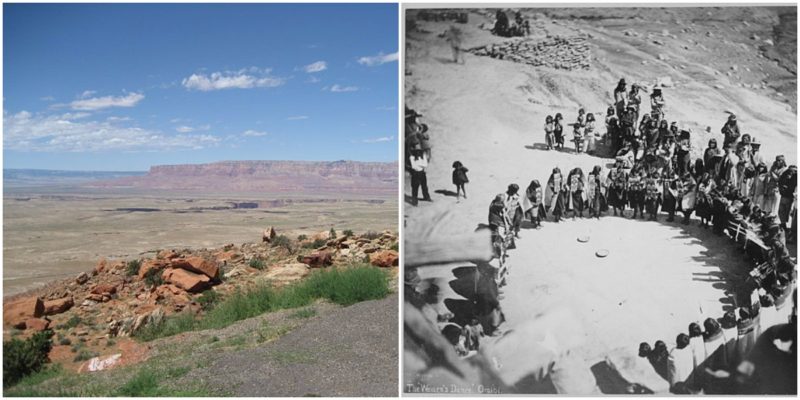In the arid and deserted landscape of northeastern Arizona stand the ruins of a long-abandoned ancient village (or pueblo) of the people of the Hopi Native American nation. Today, the site is part of the Hopi Indian Reservation. When it was inhabited, the small settlement was called Awatovi, and now the site is known as Awatovi Ruins. Today there are approximately 20,000 Hopi people in the United States of America.
The territory of the Americas in the centuries before its colonization by Europeans was characterized as a great conglomerate constituting many tribes. Each of these numerous nations had its own unique culture, tradition, mythology, and oral history.
Some of the myths and the legends among the different peoples were similar, but other tribes had very unusual mythology and their stories about the origins of the life on Earth unique.
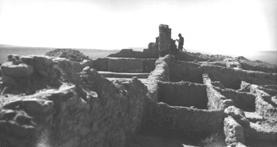
The Hopi tribe is, without doubt, one of the tribes in Americas with the most distinct and isolated culture from their neighbors. They lived in villages (or pueblos in Spanish) and were farmers who predominantly cultivated corn.
The Hopi respected all the living things and lived in harmony with their surrounding nature. As opposed to other, more warlike tribes, the Hopi tribe were peaceful. In fact, Hopi is shortened from Hopituh Shi-nu-mu, which means “The Peaceful Ones.” The Hopi believed, and still believe, that their ritual ceremonies help the healing of the Mother Earth.
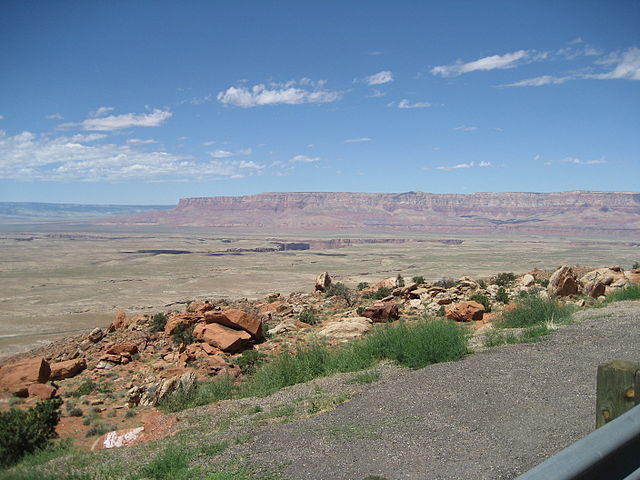
The ancient ancestors of the Hopi lived in immense residential complexes. They deserted their homes between the 12th and 14th centuries for unknown reasons and migrated in various directions. The Hopis inherited construction knowledge from their ancestors; some ancient ingenious building techniques, which are still visible and recognizable in the remains of Awatovi, are similar to the construction traditions of the ancient tribes.
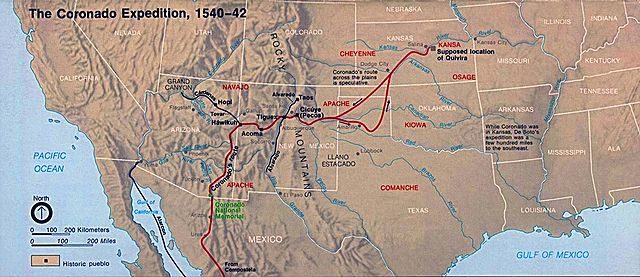
The region was first visited by Spanish conquistadors in 1540, during the North American expedition led by Francisco Vasquez de Coronado. His explorers had orders to find settlements north of Mexico. Awatovi was the first community that was “discovered” during their mission, and the first encounter was peaceful.
Coronado’s men exchanged gifts with the Hopi chiefs and continued the journey. The whole region of Arizona did not have great strategic importance for the Spanish; there wasn’t gold or fertile soil for productive agriculture and thus they didn’t build any military structures to defend their interests.
The two cultures had occasional encounters in the next 90 years, but no significant conflict occurred.
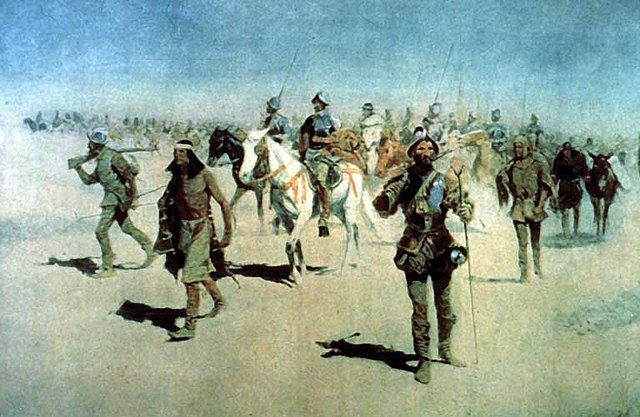
In the 17th century, the Spanish decided to spread the Spanish language and to Christianize the people of the region and make them subjects of the Spanish Crown. Jesuit and Franciscan priests from the Roman Catholic Church started to live among the native people of America. The Franciscans built a mission church and adjoining buildings for that purpose in Awatovi.
The priests put a lot of effort into converting the Hopis, but only a few accepted the Christianity. However, more Hopi people were persuaded to convert after a reported miracle where a priest healed a blind boy after putting a cross on his eyes. Awatovi became the village with the largest Catholic mission among the Hopi tribe.
It is believed that in those days, the town had nearly 900 inhabitants, a significant number of whom were Christians. But all of them secretly continued maintaining and practicing their language, beliefs, and traditional rituals.
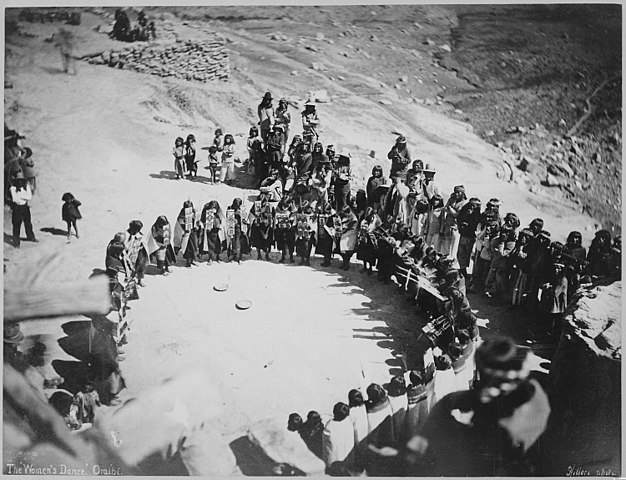
The traditionalists among the Hopis saw danger in the new teachings and made a radical decision to protect their own cultural traditions. In 1701 they attacked the Christian mission, killed the priests, and completely destroyed the village. All of the Hopi men were also killed and only the unbaptized women and children who knew Hopi dances and songs were saved. The survivors were moved to other villages. Since then, Awatovi has been empty and uninhabited. After the attack, the Roman Catholic Church never had another mission in a Hopi village. The Spanish tried to return, but after a few unsuccessful battles, they left the Hopis’ land and never returned.
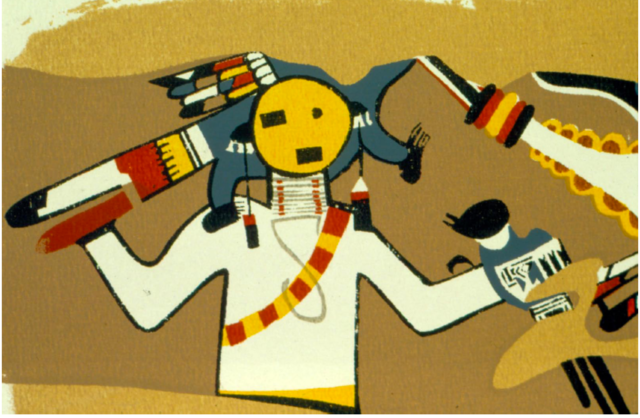
Archaeological excavations were made in the ruins in the 1930s. The discoveries showed that Awatowi was developed village that had storage houses and plazas in addition to the residential structures. More than one Catholic church was identified. The site is a tourist attraction and it is in good condition. The lack of rain and the dry whether in the region have saved great parts of the ruins from additional crumbling. However, some of the structures and some of the artifacts have been lost forever as a result of unauthorized visitors and the erosion of the unprotected walls.
